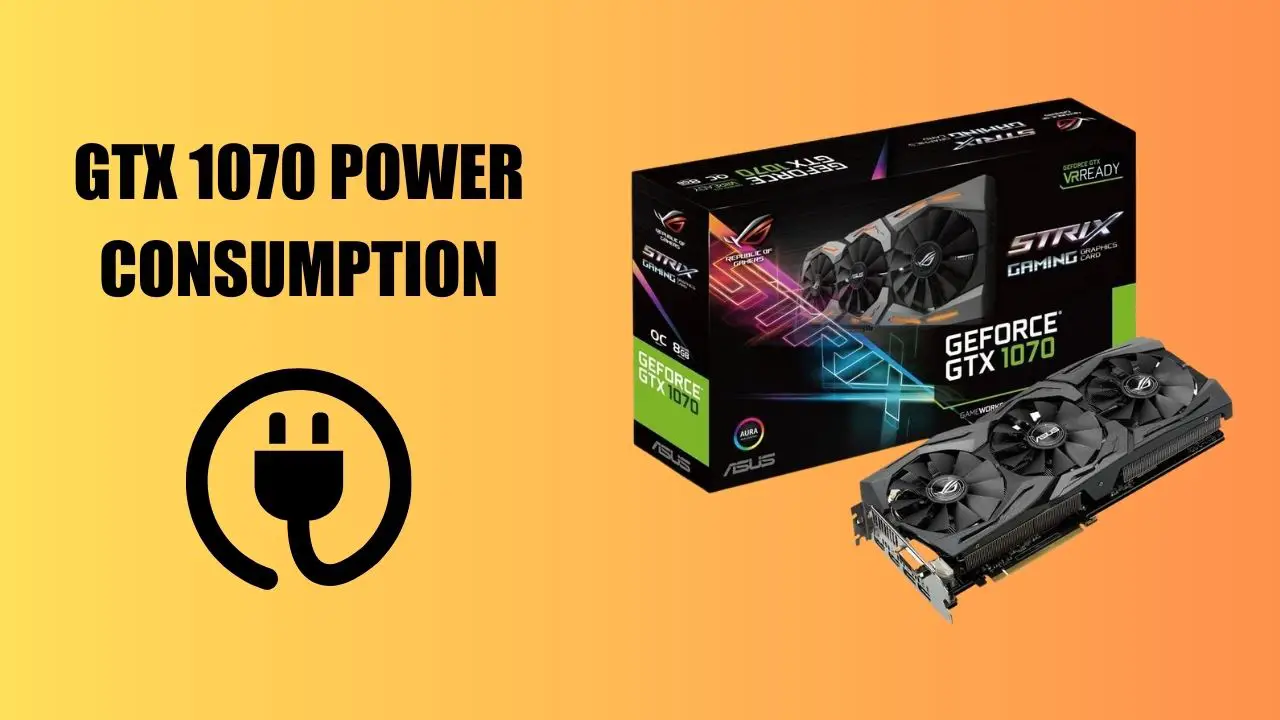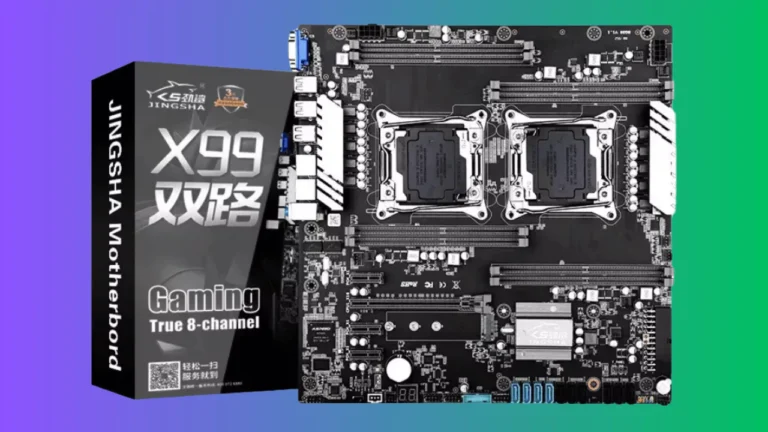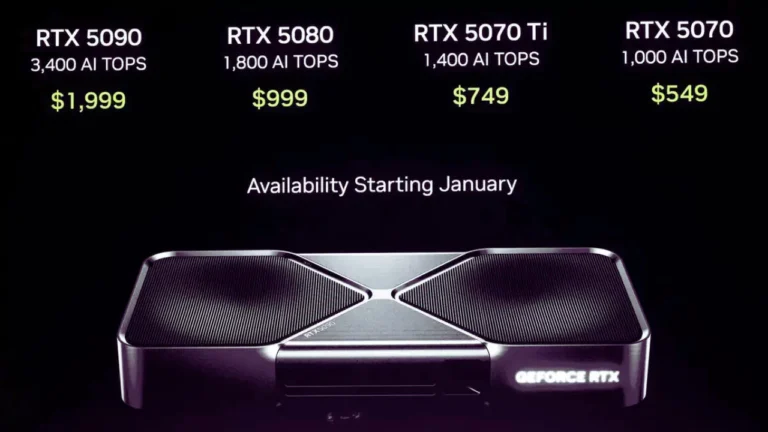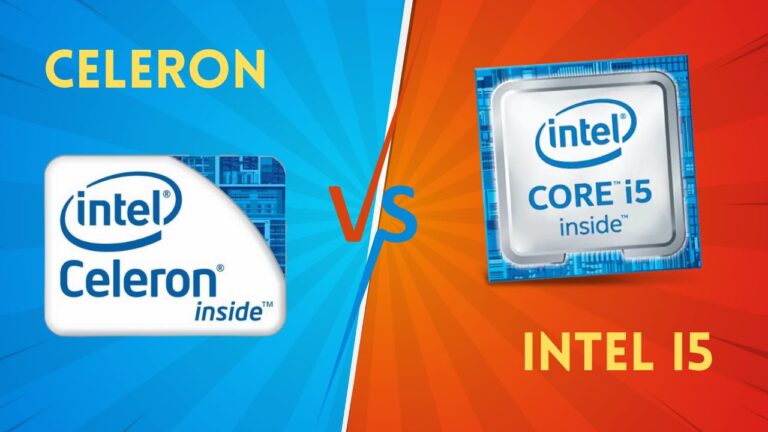On average the power consumption of a GTX 1070 is between 145-150 watts.
However, the variation in system configuration and overclocking affects this.
Nvidia states a minimum of 500 watts for the GTX 1070, while some users choose undervolting to conserve power.
Remember that distinct GPU models have unique power needs, so consult manufacturer guidelines.
The GTX 1070, boasting 8GB DDR5 VRAM, offers a superb gaming experience and maintains minimal power consumption.
Are 450 Watts Enough For The GTX 1070?
In some instances, it’s possible for a good quality 450W PSU to handle a GTX 1070 without any issues.
For example, if paired with an energy-efficient processor like the i7-7700 and assuming no heavy overclocking will be occurring within the system.
However, it’s always recommended to consult with online tools like PSU calculators to determine accurate power requirements based on your specific hardware setup.
How Much Is The GTX 1070 Idle Power Consumption?
GTX 1070 Idle Power Consumption is less than 10 watts.
Such low power consumption during idle periods provides several benefits for users concerned with their system’s overall energy efficiency.
For instance, reduced power usage translates into lower electricity bills and decreased environmental impact over time.
Furthermore, a lower temperature at which the components operate ensures better longevity and durability of the GPU.
How Much Power Does The GTX 1070 Consume For Mining?
An analysis of the GTX 1070 reveals that, when tuned properly, it can achieve an Ethereum mining hash rate of around 25.8 MH/s with a power draw of just about 107 watts – significantly less than many competing GPUs in terms of energy usage per unit of computational work performed.
Mining cryptocurrencies like Ethereum poses unique requirements for graphics cards, as it relies heavily on the GPU’s computing capabilities while keeping energy consumption to a minimum.
The NVIDIA GTX 1070 is popular among gamers and miners alike due to its combination of impressive hash rate performance and relatively low power consumption.
Utilizing specialized software tools designed for monitoring real-time power usage may also prove indispensable for achieving optimal results at minimal operating costs.
How Much Power Do You Need For An Overclocked GTX 1070?
For a standard NVIDIA GeForce GTX 1070 with no overclocking, a 500W – 650W power supply unit (PSU) is recommended.
However, when you plan to overclock the GPU, it’s advisable to opt for at least a high-quality 650W PSU or even higher depending on other components within your custom PC build.
Overclocking a GTX 1070 graphics card can significantly boost gaming performance, but it also demands more power than the standard configuration.
This process involves pushing the GPU beyond its factory settings, which in turn requires increased voltage and wattage to maintain stability.
Ensure that you monitor not only overall wattage limits but also specific parameters like GPU voltage limits during the overclocking process.
It’s essential to prevent an excessive increase in electricity usage and heat generation that could potentially harm your expensive gaming rig.
What Happens If You Don’t Meet The Wattage Requirements?
Take note that failure to meet the wattage needs for a GTX 1070 graphics card can lead to severe outcomes.
If your power supply unit lacks the necessary wattage, your system may shut down or not start.
For instance, using a 500W power supply unit with a high-end gaming PC featuring a GTX 1070 graphics card could result in inadequate power and non-operation.
Hence, it is crucial to confirm that your power supply unit provides the suggested wattage to ensure the smooth operation of your whole system, including the GTX 1070 graphics card.
How Much Power Do You Need For EVGA GeForce GTX 1070 SC Gaming AXC 3
The total power consumption of this graphics processing unit (GPU) is approximately 170 watts.
The EVGA GeForce GTX 1070 SC Gaming AXC 3.0 Black Edition offers exceptional gaming performance.
However, to run this graphics card smoothly, you need the right power supply unit (PSU).
A 500-watt PSU is a minimum requirement for correct functioning.
Therefore, it’s crucial to ensure your power supply has enough wattage to handle this GPU and meet the other components’ energy requirements in your computer system.
How Many Watts Does A GTX 1070 Use Per Hour?
Regarding energy use, the GTX 1070 typically consumes about 145 watt-hours per hour.
Note that actual consumption may differ based on factors like overclocking or high-demand games.
When constructing or improving a PC featuring a GTX 1070, confirm the power supply unit possesses the adequate capacity for consistent, problem-free operation.
What Power Supply Do I Need For A GTX 1070?
For the peak functioning of your GTX 1070, a suggested power supply provides 500W or higher wattage.
Consider an eco-friendly option with effective power control to cut power use and limit heat production.
Can A Power Supply With A Lower Wattage Than Recommended Still Run A GTX 1070?
While it is not recommended, a power supply with a lower wattage can still run a GTX 1070.
However, it may cause stability issues and potentially damage your hardware in the long run.
For instance, if you have a system that runs on a quality 500 W PSU, it should be enough to support your GTX 1070.
Therefore, you need to consider the compatibility between your computer hardware and PSU when building or upgrading your system.
What Factors Can Impact The Power Usage Of A GTX 1070 Beyond Its Base Specifications?
There are several factors that can impact the power usage of a GTX 1070 beyond its base specifications. These include:
- Overclocking: The act of enhancing a graphics card’s speed results in higher power usage than standard settings.
- Thermal design power (TDP): This term refers to the highest power a GPU can utilize when under stress. Surpassing the TDP leads to greater power intake.
- Boost clock: This maximum frequency indicates a GPU’s operational capacity. An elevated boost clock correlates with increased power usage for the GTX 1070.
- Voltage: Raising a graphics card’s voltage can augment its performance, but also its power demands.
- Gaming workload: The amount of power consumed by the GPU depends on the gaming workload as well as graphical settings and resolution.
- Power delivery: The quality and quantity of power delivery from a PSU (Power Supply Unit) can impact the overall power consumption of system components, including graphics cards.
- Cooling solution: A good cooling solution can improve efficiency and reduce overall heat produced by the GTX 1070, which in turn impacts its energy consumption.
- Undervolting: Decreasing voltage results in decreased performance but lower power consumption for GPUs.
- System configuration: Other system components such as CPU, RAM, hard drives and their usage patterns also contribute to overall system energy consumption during gaming or other intense workloads
- Power management features: Modern GPUs come with different levels of built-in power management features such as dynamic clocks throttling or idle states that allow them to adjust their performance according to real-time needs while reducing unnecessary energy consumption; these features affect both performance and energy usage
Overall, understanding these factors goes a long way in optimizing your rig’s performance while keeping your energy costs low; it’s important you choose your components wisely and tweak your system settings for the best outcomes.
Are There Any Software Tools Available To Monitor The Real-time Power Consumption Of A GTX 1070?
To track the real-time energy use of a GTX 1070, software tools exist to assist.
MSI Afterburner is a favored choice, offering GPU temperature, clock speed, and real-time power consumption monitoring.
Keep in mind that these tools may not be entirely precise.
Regardless, for those wanting to observe GTX 1070 energy consumption or enhance system efficiency, exploring available power monitoring software is worthwhile.
Do Different Manufacturers Of GTX 1070 Graphics Cards Have Varying Power Consumption Levels?
While different manufacturers of GTX 1070 graphics cards may have slight design and performance differences, their power consumption levels typically remain quite similar.
To illustrate this, let’s compare the power consumption of some popular GTX 1070 graphics cards from various manufacturers.
| Manufacturer | Model | Power Consumption |
|---|---|---|
| NVIDIA | GTX 1070 Founders Edition | 150W |
| MSI | GTX 1070 Gaming X | 150W |
| Asus | GTX 1070 ROG Strix | 150W |
| EVGA | GTX 1070 SC Gaming ACX 3.0 Black Edition | 170W |
| Gigabyte | GTX 1070 Windforce OC | 150W |
| ZOTAC | GTX 1070 AMP! Extreme | 180W |
As you can see from the table above, the power consumption of most GTX 1070 graphics cards is around 150W, with just a few exceptions.
It is important to note that variations in power consumption levels may occur due to overclocking or board design differences, but these variations are generally minimal.
Therefore, while there might be some small differences in power consumption among GTX 1070 graphics cards from various manufacturers, they are not significant enough to have a major impact on your system’s overall power requirements.







